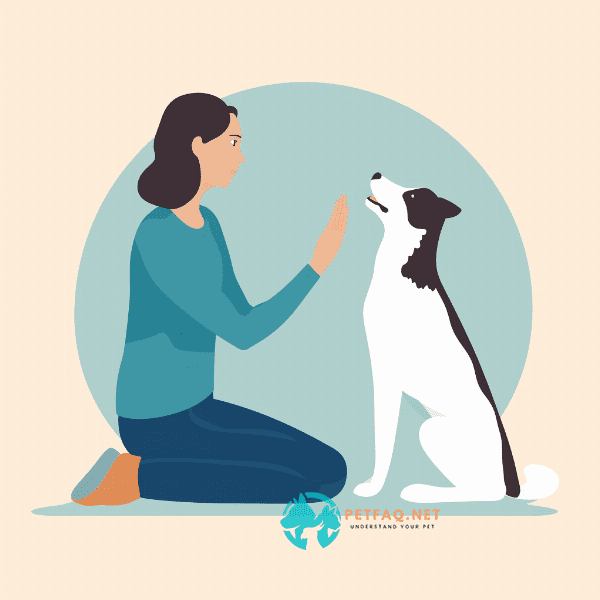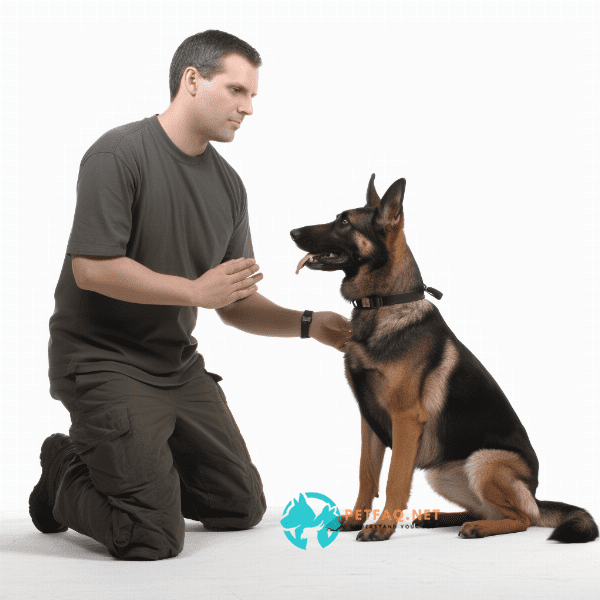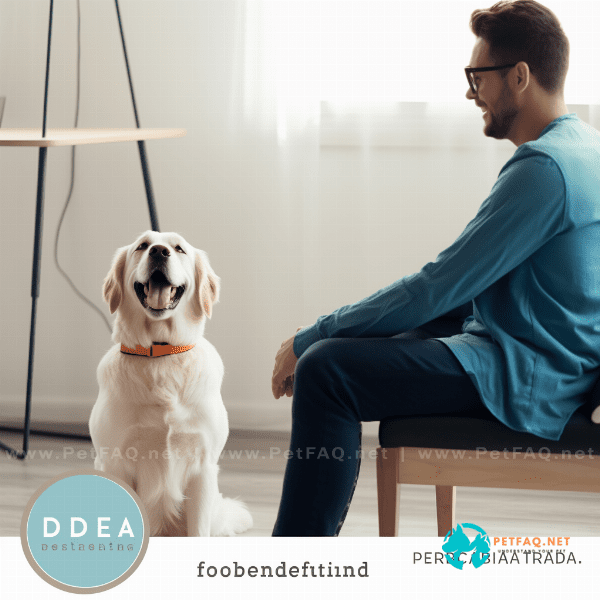Table of Contents
- Understanding Your Dog’s Learning Style
- Basic Commands for Obedience Training
- Impressive Tricks to Teach Your Dog
- Solving Common Behavioral Issues
- Positive Reinforcement Techniques
- Advanced Training Methods
- Incorporating Training into Daily Routines
- Tools and Resources for Successful Training
- The Importance of Consistency and Patience
- Celebrating Your Dog’s Progress and Achievements
Understanding Your Dog’s Learning Style
As a dog owner, it’s important to understand your dog’s learning style in order to effectively teach them tricks and improve their behavior. Dogs, like humans, have unique personalities and learning styles that can impact how they respond to different types of training.
The Importance of Knowing Your Dog’s Learning Style
Knowing your dog’s learning style can help you tailor your training approach to their individual needs. This can help make the training process more efficient and effective, and can also help prevent frustration and confusion on both ends.
There are three primary learning styles for dogs: visual, auditory, and kinesthetic. Understanding these styles can help you identify which methods will work best for your furry friend.
Visual Learners
Visual learners learn best through observation. They need to see what they’re supposed to do in order to understand and perform a task. For example, if you’re trying to teach your dog to sit, a visual learner would benefit from seeing you perform the action before attempting it themselves.
To teach tricks to a visual learner, use visual aids such as hand signals, demonstrations, and videos. You can also incorporate props or toys to help them understand what you want them to do.
Auditory Learners
Auditory learners learn best through sound. They respond well to verbal cues and praise, and may be more sensitive to tone and inflection in your voice.
To teach tricks to an auditory learner, use clear and consistent verbal cues, such as “sit” or “stay”. You can also use a clicker or other sound-based training aids to reinforce positive behavior.
Kinesthetic Learners
Kinesthetic learners learn best through touch and physical interaction. They need to physically practice a task in order to understand and perform it correctly.
To teach tricks to a kinesthetic learner, use hands-on training methods, such as physically guiding them through a task or using treats to encourage them to perform a behavior.
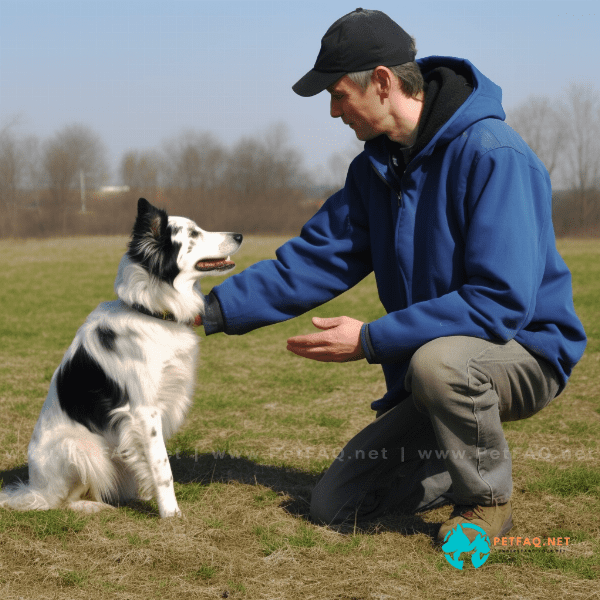
Basic Commands for Obedience Training
Teaching your dog basic commands is an important part of obedience training, and can set the foundation for more advanced tricks and behaviors. These commands not only help keep your dog safe, but they also promote good behavior and strengthen the bond between you and your furry friend.
Sit
“Sit” is one of the most basic and important commands to teach your dog. It can help calm them down and prevent jumping, as well as prepare them for other commands like “stay” and “come”.
To teach your dog to sit, hold a treat close to their nose and raise it slowly while saying “sit”. As their head follows the treat, their rear end should naturally lower to the ground. When they sit, give them the treat and plenty of praise.
Stay
“Stay” is another important command that can help keep your dog safe in potentially dangerous situations. It can also help teach patience and self-control.
To teach your dog to stay, ask them to “sit” or “lie down”, then hold your hand out with your palm facing them and say “stay”. Gradually increase the amount of time you ask them to stay, and reward them with treats and praise for successfully holding the command.
Come
“Come” is a command that can help keep your dog from getting lost or running into traffic. It’s also a great way to reinforce positive behavior and strengthen your bond with your dog.
To teach your dog to come, start by calling their name in a happy tone of voice and rewarding them with a treat when they come to you. Gradually increase the distance between you and your dog, and make sure to reward them each time they successfully come when called.
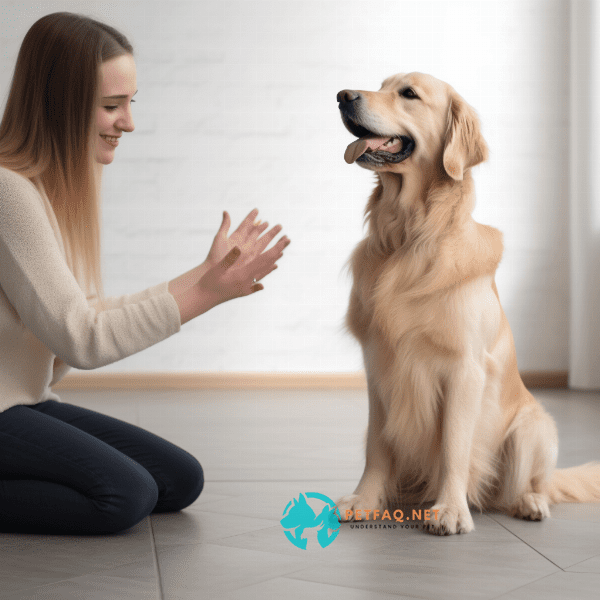
Impressive Tricks to Teach Your Dog
Teaching your dog impressive tricks can be a fun way to bond with your furry friend and show off their skills. These tricks can also help keep your dog mentally stimulated and improve their overall behavior and obedience.
Shake
“Shake” is another impressive trick that can show off your dog’s obedience and intelligence. To teach your dog to shake, have them “sit” and then hold a treat in your closed fist. When they paw at your hand, open it and say “shake”. Give them the treat and plenty of praise when they successfully shake.
Play Dead
“Play dead” is a more advanced trick that can impress your friends and family even more. To teach your dog to play dead, have them “lie down” and then hold a treat close to their nose while slowly moving it towards the ground. As their head follows the treat, their body should naturally lay down completely. When they are fully “dead”, give them the treat and plenty of praise.
Agility Course
Teaching your dog to navigate an agility course can be an impressive and fun trick that promotes good behavior and obedience. You can set up an agility course in your backyard using items like cones, hurdles, and tunnels. Start with simple obstacles and gradually increase the difficulty as your dog improves. Remember to reward them with treats and praise for successfully completing the course.
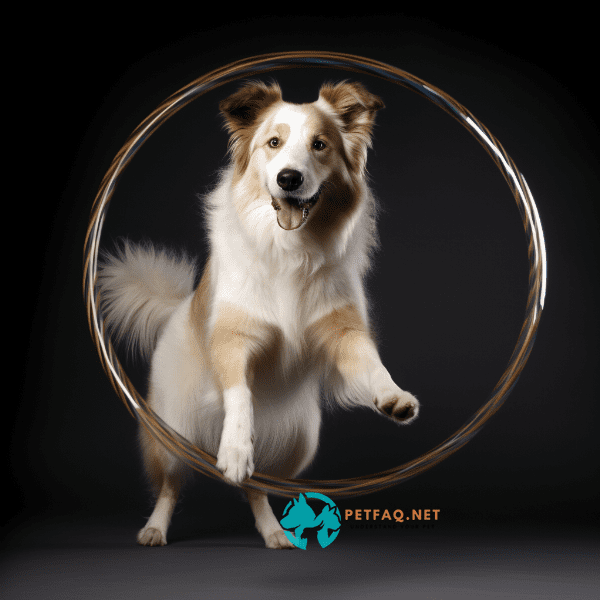 Tricks to teach your dog“>
Tricks to teach your dog“>Solving Common Behavioral Issues
Sometimes, even the most well-trained dogs can exhibit problem behaviors. These issues can range from mild annoyances to serious safety concerns. However, with patience and persistence, many common behavioral issues can be corrected using simple training techniques.
Excessive Barking
Excessive barking can be a frustrating problem for both you and your neighbors. To help reduce barking, identify the triggers that cause your dog to bark, such as other dogs or loud noises. Then, work on desensitizing your dog to these triggers by gradually exposing them to the stimuli in controlled situations.
You can also teach your dog the “quiet” command by waiting for a lull in their barking and then saying “quiet” in a firm but calm voice. Reward them with treats and praise when they stop barking.
Destructive Chewing
Destructive chewing can be a costly and dangerous problem if your dog chews on things like furniture or electrical cords. To prevent destructive chewing, provide your dog with plenty of appropriate chew toys and praise them when they use them.
If your dog chews on inappropriate objects, redirect their attention to an appropriate chew toy and praise them when they use it instead. You can also use a taste deterrent spray on the objects you want to protect.
Separation Anxiety
Separation anxiety can be a serious problem that can lead to destructive behaviors and excessive barking. To help alleviate separation anxiety, gradually acclimate your dog to being alone by starting with short periods of time and gradually increasing the duration.
You can also provide your dog with a special toy or treat that they only receive when you’re gone. This can help create a positive association with your absence.
Aggression
Aggression can be a serious safety concern for both your dog and those around them. If your dog exhibits aggressive behaviors, seek the help of a professional trainer or behaviorist to develop a behavior modification plan.
Training techniques like positive reinforcement and desensitization can be effective in reducing aggressive behaviors, but it’s important to work with a professional to ensure the safety of everyone involved.
By identifying and addressing common behavioral issues, you can help promote good behavior and ensure the safety of your dog and those around them. Remember to be patient and consistent, and to use positive reinforcement techniques to encourage good behavior. With time and practice, your dog can overcome their problem behaviors and become a well-behaved and happy companion.
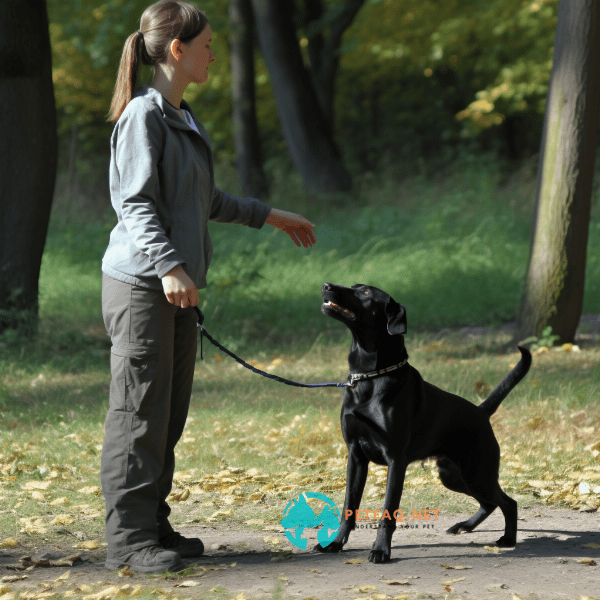
Positive Reinforcement Techniques
Positive reinforcement is a powerful training technique that can help promote good behavior and strengthen the bond between you and your dog. This technique involves rewarding your dog for good behavior, rather than punishing them for bad behavior. Here are some positive reinforcement techniques that can be used to teach tricks to your dog.
Treats and Praise
Using treats and praise is one of the most common and effective positive reinforcement techniques. When your dog performs a desired behavior, such as sitting or staying, give them a treat and plenty of verbal praise. This will help them associate the behavior with a positive reward and encourage them to repeat it in the future.
Clicker Training
Clicker training is a type of positive reinforcement that involves using a clicker to mark the exact moment your dog performs a desired behavior. When your dog hears the click, they know they’ve done something right and can expect a treat or praise as a reward. Clicker training can be used to teach a wide variety of tricks and behaviors, from basic commands to advanced tricks like agility.
Play and Toys
Using play and toys as rewards can be a fun and effective way to reinforce positive behavior. For example, if your dog successfully completes an agility course, reward them with playtime with their favorite toy. This will help them associate the behavior with a positive and enjoyable experience.
Verbal Praise
Verbal praise is another important positive reinforcement technique that can be used to teach tricks to your dog. When your dog performs a desired behavior, use a happy and enthusiastic tone of voice to praise them. This will help them understand that they’re doing something right and encourage them to repeat the behavior.
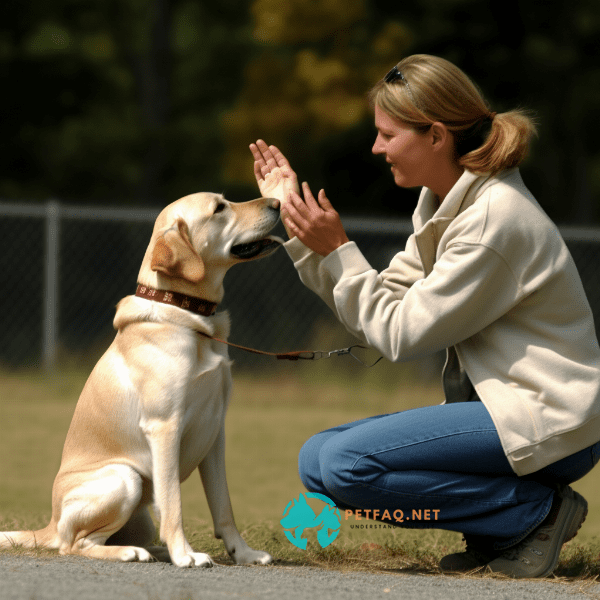
Advanced Training Methods
Once your dog has mastered basic commands and tricks, you can move on to more advanced training methods. These methods require more time and patience, but can result in impressive and complex behaviors that will amaze your friends and family.
Target Training
Target training involves teaching your dog to touch a specific object, such as your hand or a target stick. This can be used to teach a wide variety of behaviors, such as retrieving objects or opening doors.
To teach target training, hold the object close to your dog and reward them when they touch it with their nose. Gradually increase the distance between your dog and the object, and continue to reward them for touching it.
Free Shaping
Free shaping is a training method that involves rewarding your dog for gradually getting closer to a desired behavior. This method requires patience and persistence, but can result in complex and impressive tricks.
To free shape a behavior, start by rewarding your dog for any behavior that moves them in the right direction. For example, if you want to teach your dog to jump through a hoop, reward them for moving towards the hoop, then for touching the hoop, and finally for jumping through it.
Back Chaining
Back chaining is a training method that involves teaching your dog to perform the end of a behavior first, and then working backwards towards the beginning. This can be used to teach complex behaviors like weaving through poles or jumping over hurdles.
To use back chaining, start by teaching your dog the final step of the behavior, such as jumping over the last hurdle. Once they’ve mastered this step, move on to the second-to-last step, such as jumping over the second-to-last hurdle, and continue until your dog can successfully perform the entire behavior.
Combination Behaviors
Combination behaviors involve combining multiple tricks or behaviors into one impressive sequence. For example, you could teach your dog to jump through a hoop, then retrieve a ball, and finally return to you.
To teach combination behaviors, start by teaching each individual behavior separately, and then gradually combine them into one seamless sequence. Remember to reward your dog for each successful step of the behavior.
By using advanced training methods like target training, free shaping, back chaining, and combination behaviors, you can teach your dog impressive and complex tricks that will amaze your friends and family. Remember to be patient and consistent, and to use positive reinforcement to encourage good behavior. With time and practice, your dog will become a master of the tricks you teach them!
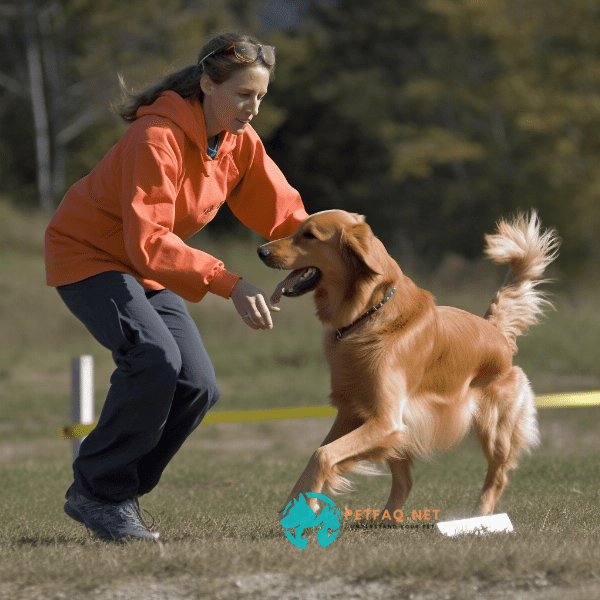
Incorporating Training into Daily Routines
Training your dog doesn’t have to be a separate activity from your daily routines. By incorporating training into your daily routines, you can reinforce good behavior and make training a fun and natural part of your dog’s life.
Mealtime Training
One way to incorporate training into your daily routine is to use mealtime as a training opportunity. Instead of simply giving your dog their food, use their mealtime as a chance to teach them a new trick or reinforce an existing behavior.
For example, you could ask your dog to “sit” before you give them their food, or teach them to “stay” while you prepare their meal. This will help reinforce positive behavior and make mealtime more interactive and engaging for your dog.
Walk Training
Walking your dog is another opportunity to incorporate training into your daily routine. Use your daily walks as a chance to teach your dog new tricks or reinforce existing behaviors.
For example, you could practice “heel” training by having your dog walk next to you without pulling on the leash. You could also practice “leave it” training by having your dog ignore distractions like other dogs or squirrels.
Playtime Training
Playtime is a great opportunity to incorporate training into your dog’s daily routine. Use playtime as a chance to practice tricks like “fetch” or “roll over”, or to reinforce existing behaviors like “come” or “stay”.
For example, you could play a game of fetch and then ask your dog to “come” or “stay” before throwing the ball again. This will help reinforce good behavior and make playtime more interactive and engaging for your dog.
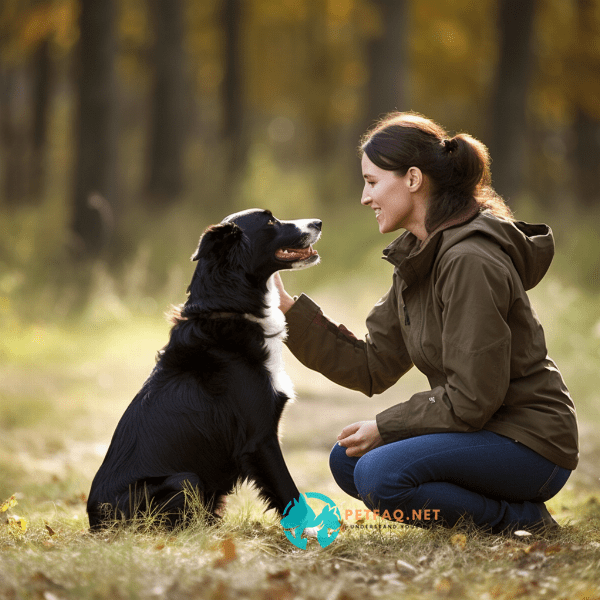
Tools and Resources for Successful Training
Training your dog can be a rewarding and fun experience, but it can also be challenging at times. Fortunately, there are a variety of tools and resources available to help make training easier and more successful.
Training Treats
Training treats are a key tool for successful training. These treats are small, tasty, and easy to carry, making them perfect for rewarding your dog during training sessions.
Look for training treats that are low in calories and made with high-quality ingredients. Avoid treats that are high in sugar or artificial flavors, as these can be unhealthy for your dog.
Training Aids
Training aids are tools that can help make training easier and more successful. For example, a clicker can be used for clicker training, while a target stick can be used for target training.
Other training aids include harnesses, collars, and leashes that can help make walking and other training activities more comfortable and effective for your dog.
Professional Training Services
If you’re struggling with training your dog, consider seeking the help of a professional trainer or behaviorist. These experts can provide personalized training plans and advice to help you address specific issues and achieve your training goals.
Online Resources
There are a wealth of online resources available to help with training your dog. Websites like YouTube and online training courses offer a variety of videos and tutorials on how to teach tricks and address behavioral issues.
However, be cautious when using online resources and make sure to research the credibility of the source before following their advice.
By using tools like training treats and aids, seeking the help of professional trainers, and utilizing online resources, you can make training easier and more successful for both you and your dog. Remember to be patient and consistent, and to use positive reinforcement to encourage good behavior. With the right tools and resources, your dog will become a well-trained and happy companion that’s a master of the tricks you teach them!
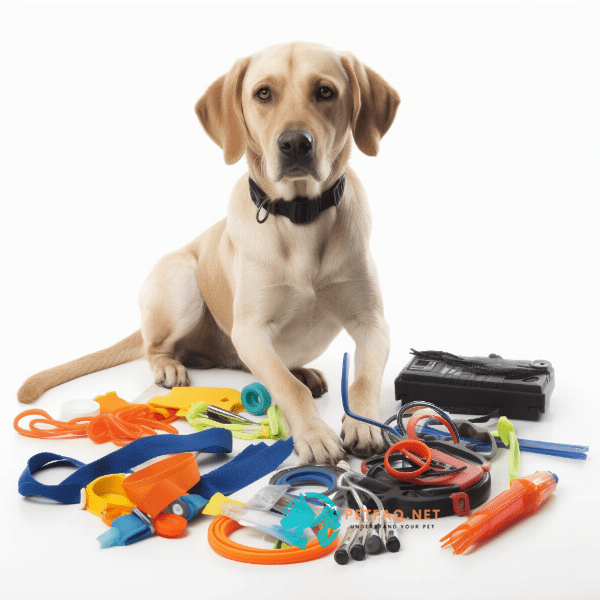
The Importance of Consistency and Patience
Training your dog requires a lot of patience and consistency. Dogs learn through repetition and consistency, and it’s important to be patient as they learn and make mistakes along the way. Here are some reasons why consistency and patience are important in training your dog.
Reinforcing Good Behavior
Consistency is important in reinforcing good behavior. Dogs learn through repetition, and it’s important to consistently reward good behavior and ignore bad behavior.
For example, if you’re teaching your dog to “sit”, make sure to reward them every time they successfully sit. This will help reinforce the behavior and encourage them to repeat it in the future.
Building Trust
Consistency and patience are also important in building trust between you and your dog. Dogs thrive on routine and consistency, and it’s important to establish a consistent training routine to help build trust and reinforce good behavior.
By being patient and consistent, your dog will learn to trust you and feel more comfortable in their training sessions.
Overcoming Challenges
Training your dog can be challenging at times, and it’s important to be patient and consistent in overcoming these challenges. Remember that dogs learn at their own pace, and it’s important to be patient as they learn and make mistakes.
By being consistent in your training routine and patient in your approach, you can help your dog overcome any challenges and become a well-trained companion.
Encouraging Positive Behavior
Finally, consistency and patience are important in encouraging positive behavior in your dog. By consistently using positive reinforcement techniques and being patient as your dog learns new behaviors, you can encourage positive behavior and build a strong and positive relationship with your dog.
Remember that training your dog is a process that requires patience and consistency. By reinforcing good behavior, building trust, overcoming challenges, and encouraging positive behavior, you can help your dog become a well-trained and happy companion that’s a master of the tricks you teach them!
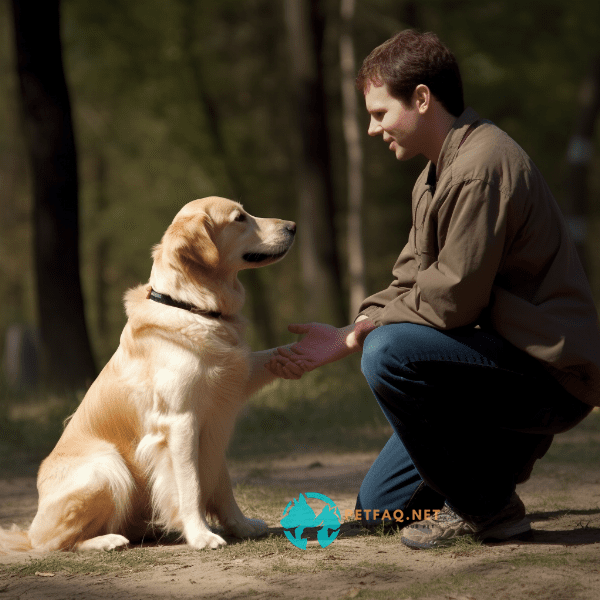
Celebrating Your Dog’s Progress and Achievements
Training your dog can be a long and challenging process, but it’s important to take time to celebrate your dog’s progress and achievements along the way. Here are some reasons why celebrating your dog’s progress is important, and some fun ways to do it!
Building Confidence
Celebrating your dog’s progress and achievements can help build their confidence and reinforce positive behavior. When your dog successfully learns a new trick or behavior, make sure to celebrate their achievement with plenty of praise and rewards.
This will help them feel more confident in their abilities and encourage them to continue learning and growing.
Strengthening Your Bond
Celebrating your dog’s progress can also help strengthen the bond between you and your dog. By taking time to recognize and celebrate their achievements, you’re showing your dog that you’re proud of them and that you appreciate their hard work.
This can help build a strong and positive relationship between you and your dog, and make training sessions more enjoyable and rewarding for both of you.
Fun Ways to Celebrate
There are many fun ways to celebrate your dog’s progress and achievements. Here are some ideas:
- Throw a party: Invite friends and family over to celebrate your dog’s progress. You can serve dog-friendly treats and have a fun play session with your dog.
- Give them a special toy: When your dog successfully learns a new trick or behavior, give them a special toy as a reward. This will help reinforce their good behavior and make them feel appreciated.
- Take them on a special outing: Plan a fun outing with your dog to celebrate their progress. You can take them to a dog park, go for a hike, or even take them to a dog-friendly restaurant.
By taking time to celebrate your dog’s progress and achievements, you’re reinforcing positive behavior and strengthening the bond between you and your dog. Remember to be patient and consistent, and to use positive reinforcement to encourage good behavior. With time and practice, your dog will become a well-trained and happy companion that’s a master of the tricks you teach them!
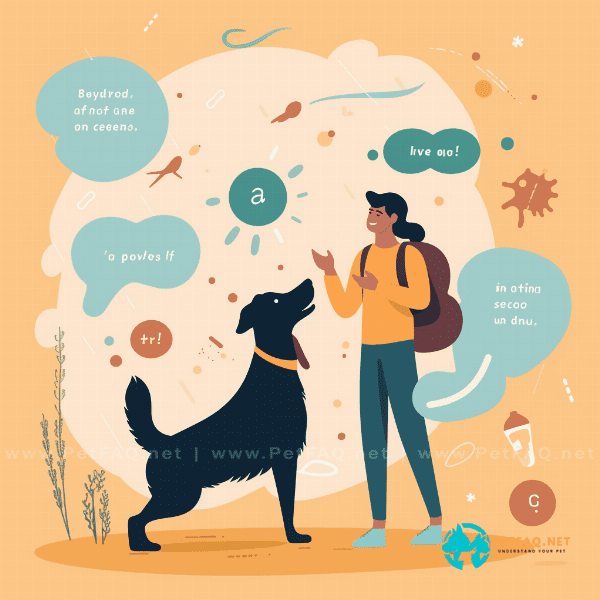
Frequently Asked Questions (FAQs) about Tricks to teach your dog:
1. What are some easy tricks to teach a dog?2. What are some advanced tricks that I can teach my dog?
3. What are some tricks I can teach my dog to impress friends and family?
4. What is the most difficult trick to teach a dog?
5. How can I teach my dog to speak or be quiet on command?

